Are you building a new house or remodeling your bathroom? You should consider buying the best freestanding tub out there. Getting one of these unique fixtures installed in your bathroom is easy. The fact is, you can do it yourself.
Are you ready to know how to install freestanding tub yourself? This friendly guide will show you the steps.
How to Install a Freestanding Tub: Things You Need to Know
In as much as dealers of freestanding tubs recommend that you hire the services of experts. The installations process is simple for you to try it in your home.
The only thing that you’ll need for freestanding tub installation is the desire to do it yourself. Then try it after understanding the steps. Get your materials ready, you’ll feel happier after installing it.
The Essentials You Will Need
You’ll need the following materials for installing a freestanding tub.
- Level
- Blanket
- Bathtub
- Items for cleaning
- Caulk
- Plumber’s putty
- Damp cloth
Determine the Type of the Tub
Before installing freestanding tub in your bathroom. It’s wise to consider your bathroom space, function, and its blend with other fixtures.
1. Functional or Decorative
The best freestanding tub must be functional and decorative. This means it’s beautiful and attractive. Thus, it should serve its need in the bathroom as a bathtub. Besides, the tub should exude luxury and style. In fact, freestanding tub is a bold and eye-catching piece of art.
If you’re not experienced about freestanding tubs to buy, you should make some research. Also, you can visit the bathtub shop to examine the products yourself. Your bathroom is a place you’ll spend more of your time. Do your best to buy the best.
2. Tub Compatibility with Bathroom Space
Freestanding tub has its charm that lights your bathroom environment. Freestanding tubs are available in various shapes and sizes. Besides the various shapes and styles of the tub is its material makeup. You’ll find those of stainless steel, cast iron, stone, acrylic, and copper. Among these materials, acrylic tubs can withstand less impact but offer more elegant visual appeal with a bright finish.
You may choose to mount it straight on the floor on some traditional legs. Freestanding tubs are very versatile in style. You’ll love the claw foot style, cocoon or egg-like shape. Your choice in style and shape is determined by your bathroom space.
You should measure your bathroom space to know the size of the freestanding bathtub to buy. If it’s a new building, then ensure that the design of the bathroom is spacious enough. It’s important to consider your bathroom lighting, plumbing, and windows finishing before installing your freestanding tub.
Type of Floor
The degree of levelness of the bathroom floor is very important. Most bathroom floors don’t have the levelness for installing freestanding bathtubs. Sometimes you’ll have to do much work to ensure that the floor is leveled. You should know that freestanding floors aren’t installed on an unleveled floor.
7 Easy Steps to Installing Freestanding Tub
Still considering how to install a freestanding bathtub? First, think of the following steps.
Step 1: Choose the place
Now, you’ll have to decide the right place for installing your freestanding bath. You may choose to keep it in a corner, center, or beside the window. The only issue is the proximity to the existing plumbing installation. You should hire a professional plumber if it’ll need some remodeling of the pipes.
Step 2: Choose the Right Tub
There are many freestanding bathtubs on the market. Try to choose the product that will fit your bathroom size. Besides, it should be appealing to the eye and long-lasting.
Step 3: Prepare the Floor
As we said earlier, make sure that your floor is in a perfect condition to receive your freestanding tub. If you don’t have an existing drain, then create one. If your subfloor is wood, measure the size of your tub.
Recreate the bottom of the freestanding tub on the floor. Open this section of the floor. Cut a hole that will accommodate the drain and the plumbing trap. If the floor is concrete, you’ll create a channel for the drain and plumbing trap.
Don’t fail to cover the drain hole to protect it from dirt and debris. You’ll need to perform the necessary finishing work on the concrete floor.
Step 4: Place the Freestanding Bathtub
Every freestanding tub has a drain kit. Check to ensure that the drain nut is there. Also, check if the waste location in the bathtub aligns with the drain hole on the floor. You can measure the drain under the bathtub to know its level of alignment with the floor.
Place the tub by the side on a blanket. You can support it with cardboard.
Step 5: Clean the Drain Hole
Now, the floor is clean. But you’ll need a clean drain hole before installing freestanding tub. Try to clean out any debris and dirt on the drain hole. You may use a damp cloth for the cleaning. Then, leave it to dry. Finally, pour some dry silicone in and around the drain hole.
Step 6: Prepare the Drain Tail Piece
First, place a plastic bushing on the drain tail piece. Attach the drain tail piece to the freestanding tub from the bottom. Slide in the nuts and screw them up into the tub’s drain. You may add some lubrication to the drain’s rubber seal.
Step 7: Install the Freestanding Bathtub
Now, guide the tub into position. Caulk the freestanding tub at its point of contact with the floor. Try to clean off any excess caulk with a damp cloth.
Freestanding Bathtub Maintenance Tips
Now that you know how to install freestanding tub, what about its maintenance routine? The following tips will help you maintain your freestanding bathtub or other bathtub types.
- Check your drain to see if it’s clogged with hair. Use a small stick to pull the hair out.
- Use a mild cleaning compound to polish the surface and remove any light scratches.
- Make a bleach solution by mixing bleach with water in the ratio of 1:10. Apply the solution on the surface of the tub. Leave it for about 10 minutes to remove the stains.
- Use fine sandpaper to remove the tougher stains and scratches. Sandpaper can repair some of the damaged surfaces of an old freestanding bathtub. Try to remove the dirt and dust by washing the tub with water.
- Use 800-grit sandpaper to sand the surface. Dry the surface and polish it to reveal the smooth finish.
- Rubbing the tub with alcohol will remove oil, ink, paint, and grease stains.
- The presence of rust and greasy substances in your water indicates a problem in the heater. You’ll clean the water heater and then clean the tub.
- Follow the instructions of your freestanding tub’s manufacturer on installation and maintenance.
In conclusion, freestanding tubs can enhance the beauty and functionality of your bathroom. It’s true that installing freestanding tub is easy and straight if you adhere to the steps we’ve provided.
The instructions on installing a freestanding tub are simple for any proud home owner to try. You’ll need the right tools and suitable bathroom space to get started.
Adhering to the manufacturer’s maintenance routine will increase its productive years.

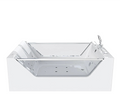
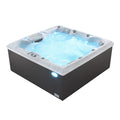
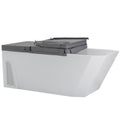
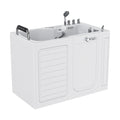
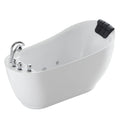
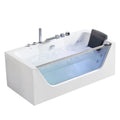
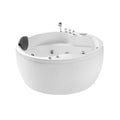
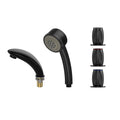
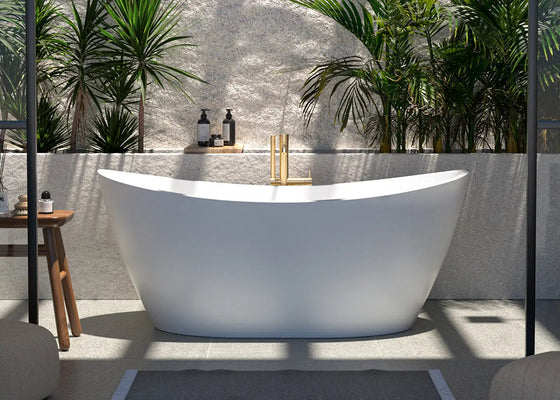
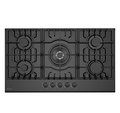
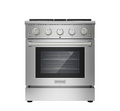
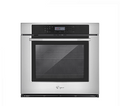



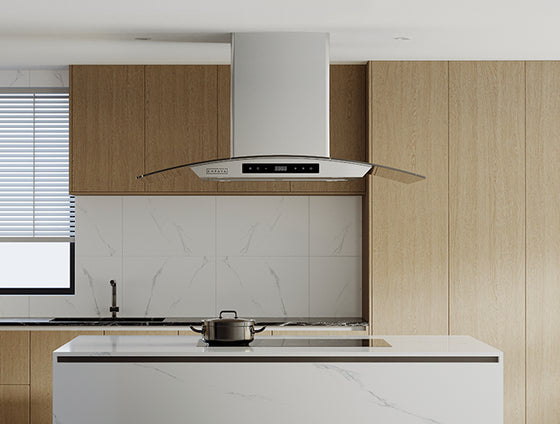

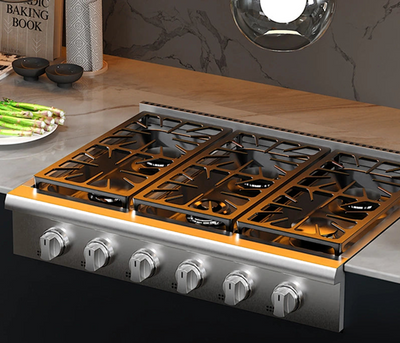
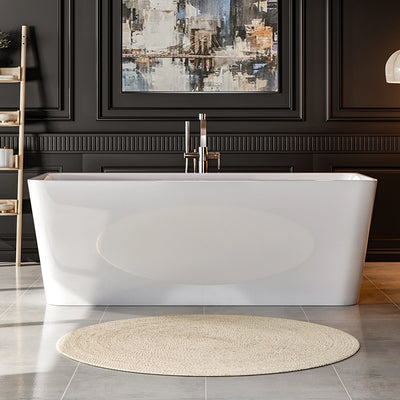


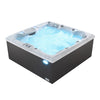
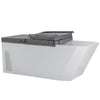
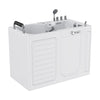
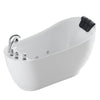
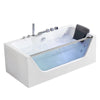
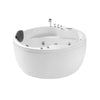
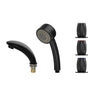
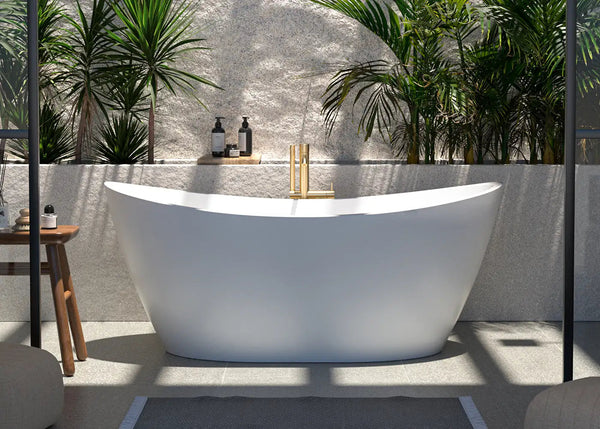



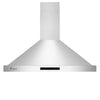

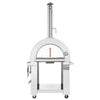
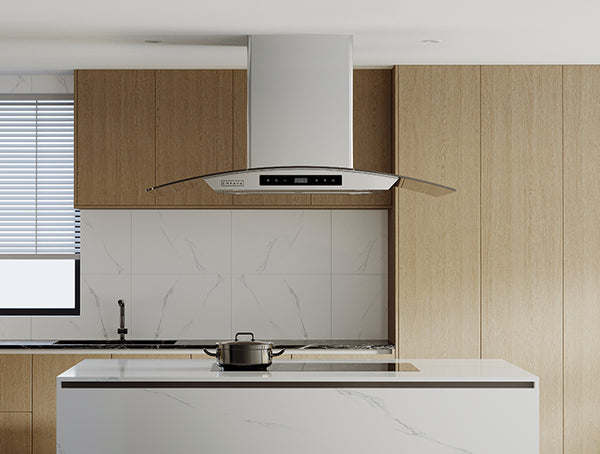
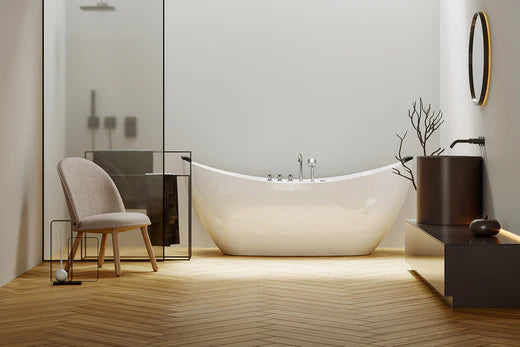


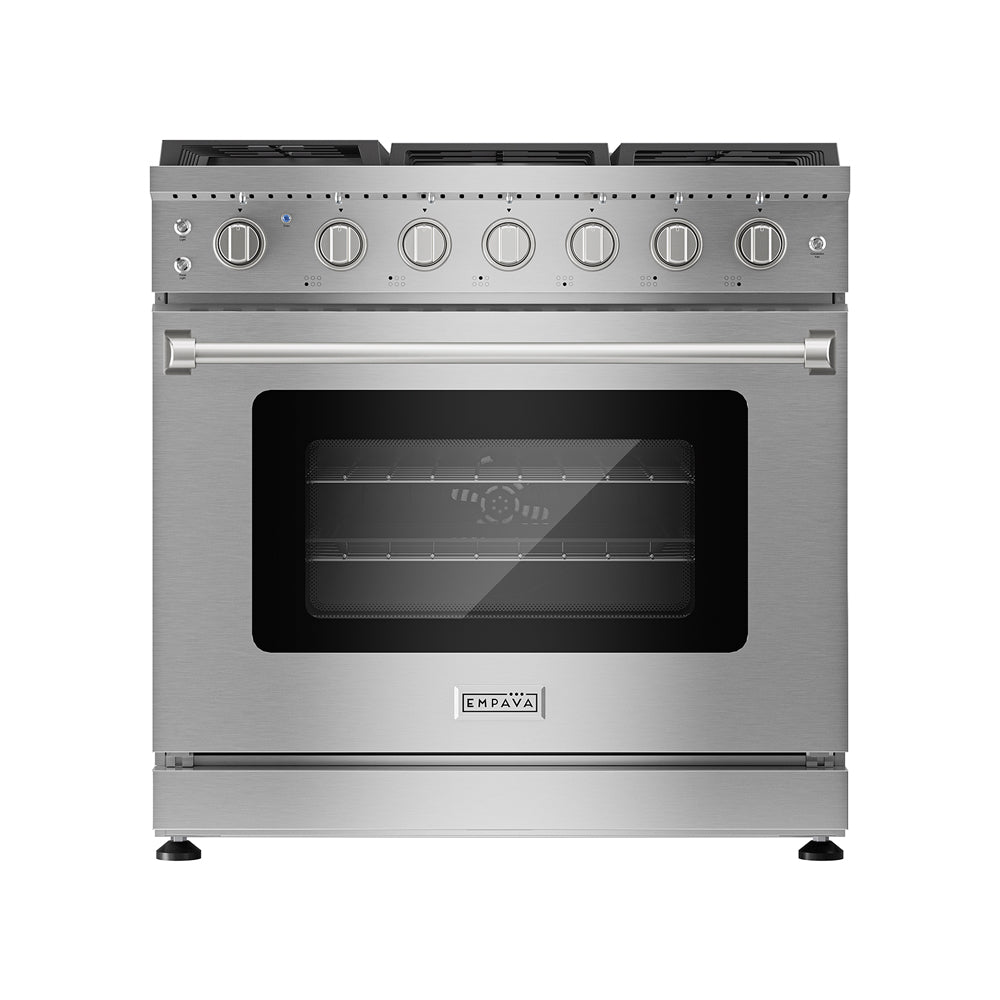

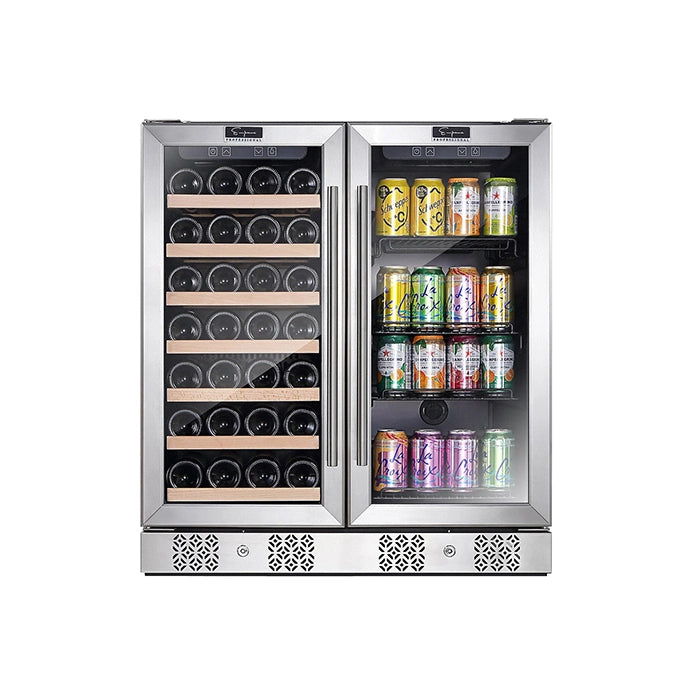
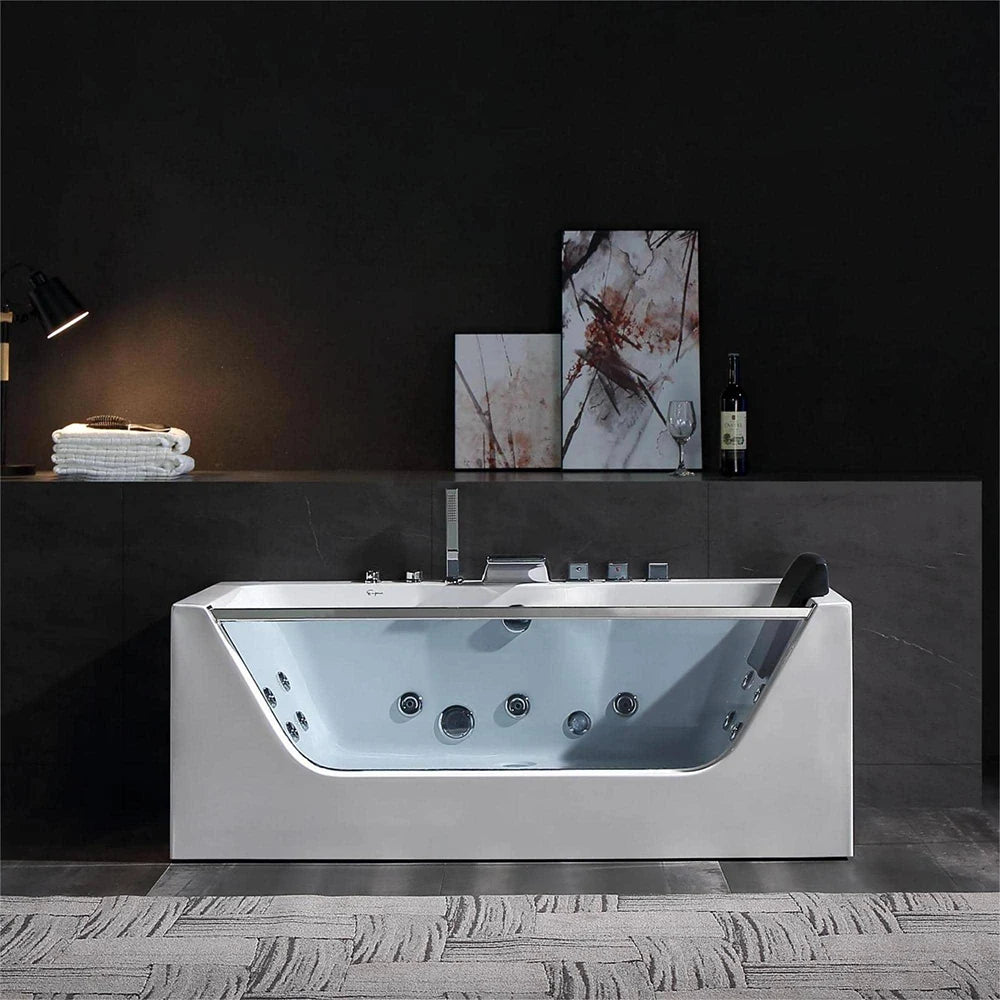
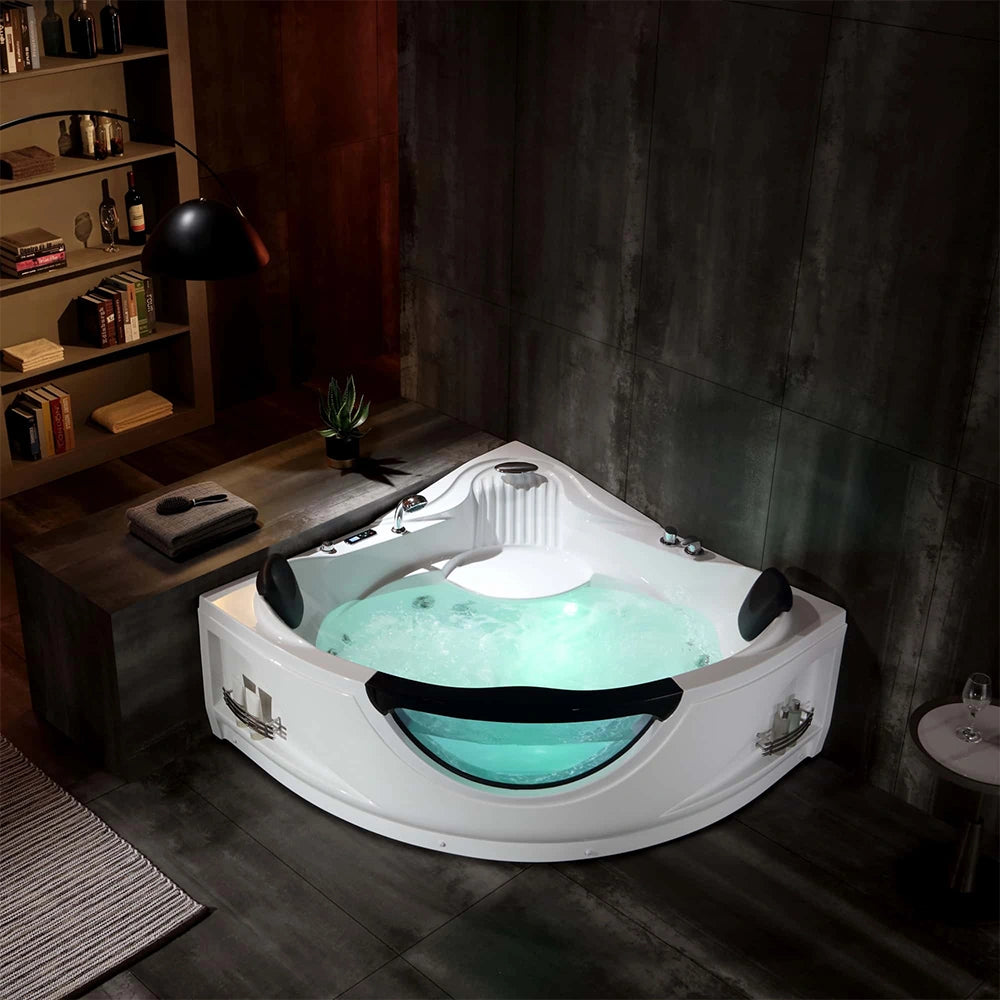
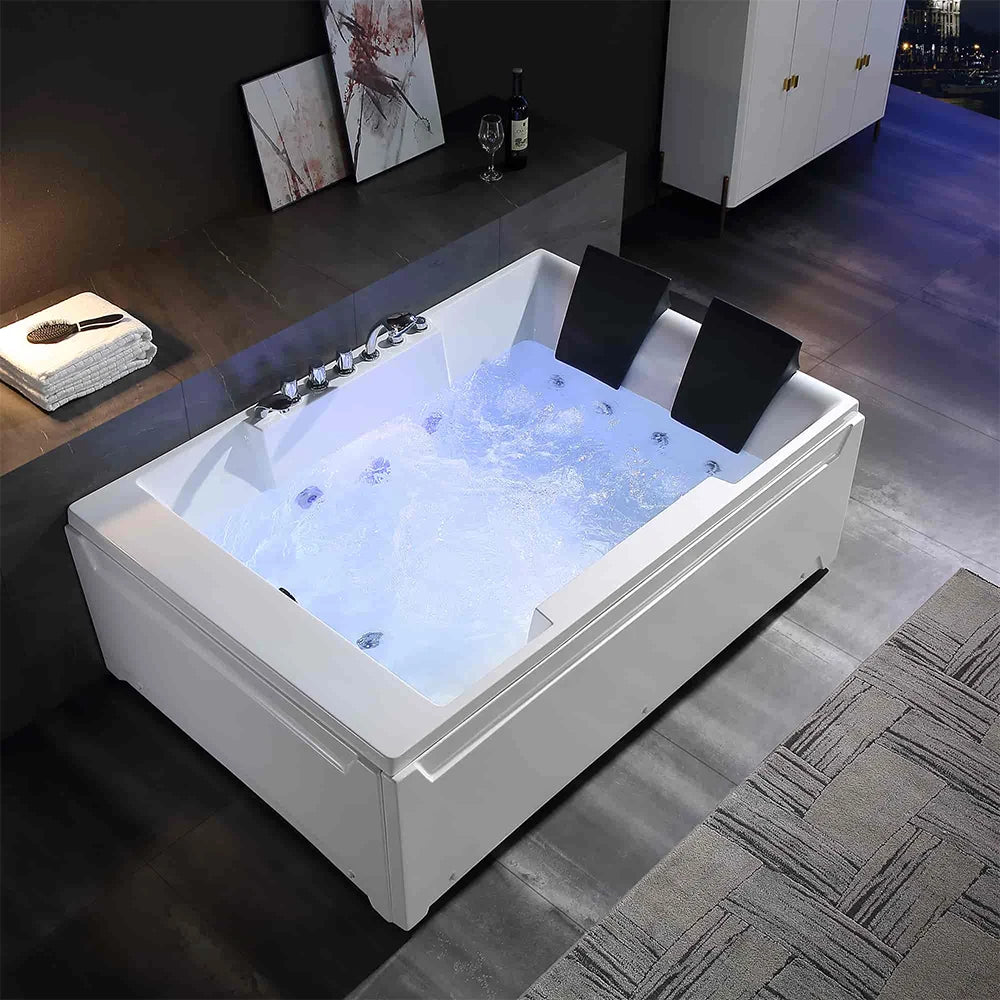



 added to cart
added to cart
 Select A Custom Kitchen Tool Set
Select A Custom Kitchen Tool Set